Implement a Navigation Drawer with a Toolbar on Android
Navigation drawer is a great UI pattern recommended by Google when you design your Android application. Introduced with Android Lollipop, the Toolbar widget is a flexible way to customize easily the action bar. In this tutorial, you’re going to learn how to implement a navigation drawer with a toolbar on Android.
1. Get Material Colors
First, you need to get material colors for your application. A website like http://www.materialpalette.com can be useful to create quickly your material colors file. Here, we choose green and light green as primary colors :
01 02 03 04 05 06 07 08 09 10 11 | <?xml version="1.0" encoding="utf-8"?><resources> <color name="primary">#4CAF50</color> <color name="primary_dark">#388E3C</color> <color name="primary_light">#C8E6C9</color> <color name="accent">#8BC34A</color> <color name="primary_text">#212121</color> <color name="secondary_text">#727272</color> <color name="icons">#FFFFFF</color> <color name="divider">#B6B6B6</color></resources> |
Put your XML resource file, got from Material Palette, in the folder res/values of your Android project.
2. Configure your dependencies
Now, it’s time to configure dependencies in your build.gradle file. You need to import the following libraries :
1 2 | com.android.support:appcompat-v7:23.3.0com.android.support:design:23.3.0 |
3. Create a No Action Bar theme
To use the Toolbar widget, you need to create a No Action Bar theme for your activity. In your styles.xml file under res/values, you can create the following theme :
1 2 3 4 5 6 7 8 9 | <resources> <style name="AppTheme" parent="Theme.AppCompat.Light.NoActionBar"> <item name="colorPrimary">@color/primary</item> <item name="colorPrimaryDark">@color/primary_dark</item> <item name="colorAccent">@color/accent</item> </style> <style name="MyAppTheme" parent="@style/AppTheme" /></resources> |
To enable some specific properties available from API V21, you need to create a folder named values-v21 and override the MyAppTheme like that :
1 2 3 4 5 6 7 8 9 | <resources> <style name="MyAppTheme" parent="AppTheme"> <item name="android:windowContentTransitions">true</item> <item name="android:windowAllowEnterTransitionOverlap">true</item> <item name="android:windowAllowReturnTransitionOverlap">true</item> <item name="android:windowSharedElementEnterTransition">@android:transition/move</item> <item name="android:windowSharedElementExitTransition">@android:transition/move</item> </style></resources> |
Finally, you need to apply the MyAppTheme to a specific Activity with a Toolbar widget or if you want to your entire application :
1 2 3 4 | <application android:theme="@style/MyAppTheme" >...</application> |
4. Create layout for the Toolbar
The Toolbar widget has been created to play the role that was dedicated to Action Bar previously. It can be used to hold :
- Action menu
- App title and subtitle
- Navigation button(s)
Like the Toolbar will be used between several activities’ layouts, we create a separate layout file and apply our specific configuration with colors for example :
1 2 3 4 5 6 7 8 9 | <android.support.v7.widget.Toolbar android:id="@+id/toolbar" android:layout_width="match_parent" android:layout_height="?attr/actionBarSize" android:background="@color/primary" app:theme="@style/ThemeOverlay.AppCompat.Dark.ActionBar" app:popupTheme="@style/ThemeOverlay.AppCompat.Light" /> |
Now, we could include the Toolbar in each activity and have just one place to change its configuration.
5. Add the Navigation Drawer to the Activity
Navigation Drawer is a great UI pattern recommended by Google when you develop Android applications. It’s a great way to organise navigation inside an application. Implementation is easy and we need to use DrawerLayout widget to implement it.
The layout of our main Activity will be like that :
01 02 03 04 05 06 07 08 09 10 11 12 13 14 15 16 17 18 19 20 21 22 23 24 25 26 27 28 29 30 31 32 33 | <?xml version="1.0" encoding="utf-8"?><android.support.v4.widget.DrawerLayout android:id="@+id/drawer_layout" android:layout_width="match_parent" android:layout_height="match_parent" android:fitsSystemWindows="true" > <LinearLayout android:layout_width="match_parent" android:layout_height="match_parent" android:orientation="vertical"> <include layout="@layout/toolbar" /> <!-- For fragments --> <FrameLayout android:layout_width="match_parent" android:layout_height="match_parent" android:id="@+id/frame"/> </LinearLayout> <android.support.design.widget.NavigationView android:id="@+id/navigation" android:layout_width="wrap_content" android:layout_height="match_parent" android:layout_gravity="start" app:menu="@menu/nav_items" /></android.support.v4.widget.DrawerLayout> |
Here, you can note that we include the Toolbar widget defined at the step 4.
6. Create a navigation items menu
To define the content of the navigation drawer, we can define a navigation items menu in res/menu :
01 02 03 04 05 06 07 08 09 10 11 12 | <?xml version="1.0" encoding="utf-8"?> <group android:checkableBehavior="single"> <item android:id="@+id/refresh" android:title="@string/refresh" android:icon="@drawable/ic_action_refresh" /> <item android:id="@+id/stop" android:title="@string/stop" android:icon="@drawable/ic_action_stop" /> </group></menu> |
Here, we define juste two entries in the menu.
7. Configure Toolbar and Navigation Drawer in Activity
All the resources file are ready. So, it’s time to configure Toolbar and Navigation Drawer in the Activity. It’s easy and we use dedicated method named configureToolbar and configureNavigationDrawer :
01 02 03 04 05 06 07 08 09 10 11 12 13 14 15 16 17 18 19 20 21 22 23 24 25 26 27 28 29 30 31 32 33 34 35 36 37 38 39 40 41 42 43 44 45 46 47 48 49 50 51 52 53 54 55 56 57 58 59 60 61 62 63 64 65 66 67 68 69 70 71 72 73 74 75 76 77 78 79 80 81 82 83 84 85 86 | import android.support.design.widget.NavigationView;import android.support.v4.app.Fragment;import android.support.v4.app.FragmentTransaction;import android.support.v4.view.GravityCompat;import android.support.v4.widget.DrawerLayout;import android.support.v7.app.ActionBar;import android.support.v7.app.AppCompatActivity;import android.os.Bundle;import android.support.v7.widget.Toolbar;import android.view.Menu;import android.view.MenuItem;import android.widget.RelativeLayout;public class MainActivity extends AppCompatActivity { private RelativeLayout layout; private DrawerLayout drawerLayout; @Override protected void onCreate(Bundle savedInstanceState) { super.onCreate(savedInstanceState); setContentView(R.layout.activity_main); layout = (RelativeLayout) findViewById(R.id.layout); configureNavigationDrawer(); configureToolbar(); } @Override public boolean onCreateOptionsMenu(Menu menu) { getMenuInflater().inflate(R.menu.empty_menu, menu); return true; } private void configureToolbar() { Toolbar toolbar = (Toolbar) findViewById(R.id.toolbar); setSupportActionBar(toolbar); ActionBar actionbar = getSupportActionBar(); actionbar.setHomeAsUpIndicator(R.drawable.ic_action_menu_white); actionbar.setDisplayHomeAsUpEnabled(true); } private void configureNavigationDrawer() { drawerLayout = (DrawerLayout) findViewById(R.id.drawer_layout); NavigationView navView = (NavigationView) findViewById(R.id.navigation); navView.setNavigationItemSelectedListener(new NavigationView.OnNavigationItemSelectedListener() { @Override public boolean onNavigationItemSelected(MenuItem menuItem) { Fragment f = null; int itemId = menuItem.getItemId(); if (itemId == R.id.refresh) { f = new RefreshFragment(); } else if (itemId == R.id.stop) { f = new StopFragment(); } if (f != null) { FragmentTransaction transaction = getSupportFragmentManager().beginTransaction(); transaction.replace(R.id.frame, f); transaction.commit(); drawerLayout.closeDrawers(); return true; } return false; } }); } @Override public boolean onOptionsItemSelected(MenuItem item) { int itemId = item.getItemId(); switch(itemId) { // Android home case android.R.id.home: drawerLayout.openDrawer(GravityCompat.START); return true; // manage other entries if you have it ... } return true; }} |
As you can see, it’s really simple to assemble all the pieces of the puzzle to have a functional application with a Navigation Drawer and a Toolbar.
If you have some questions about the content of fragments used here, it’s really simple. For example, this is the content of the RefreshFragment :
01 02 03 04 05 06 07 08 09 10 11 12 13 14 15 16 | import android.os.Bundle;import android.support.annotation.Nullable;import android.support.v4.app.Fragment;import android.view.LayoutInflater;import android.view.View;import android.view.ViewGroup;public class Fragment1 extends Fragment { @Nullable @Override public View onCreateView(LayoutInflater inflater, ViewGroup container, Bundle savedInstanceState) { View v = inflater.inflate(R.layout.refresh_fragment_layout, container, false); return v; }} |
After that, it’s your job to complete the fragment with your content.
8. Demo
Now, it’s time for demo of the application created. Some screenshots :
9. Bonus
In bonus, you can follow this tutorial in a live coding video available in two parts on Youtube :
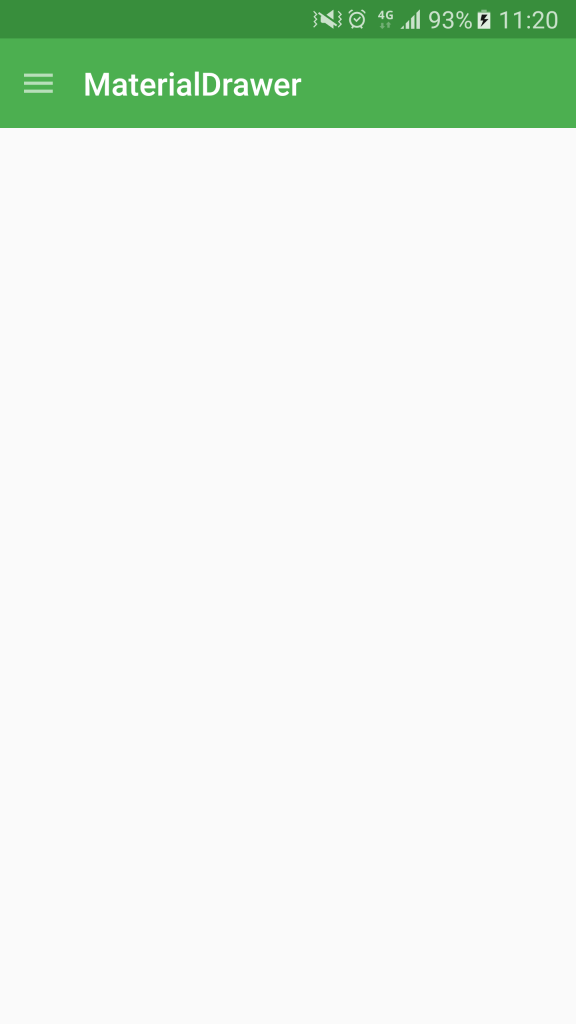
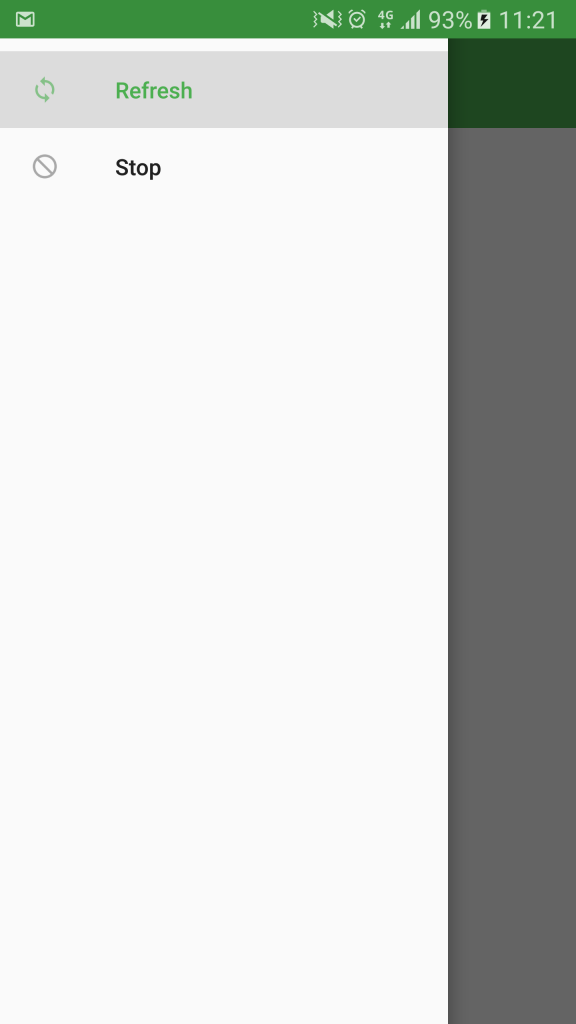
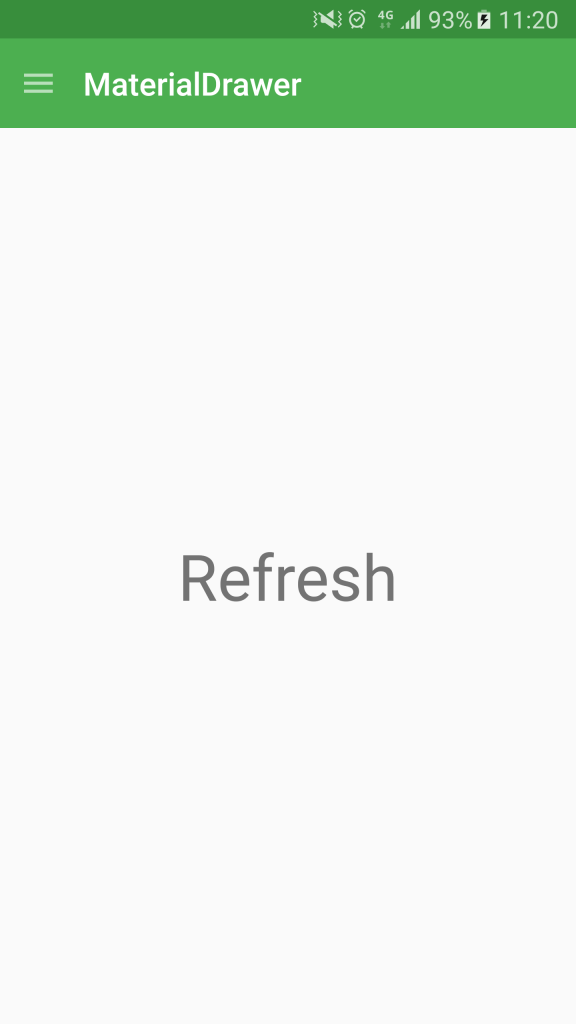
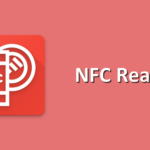

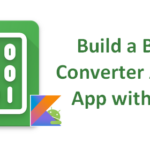
Leave a Reply
You must be logged in to post a comment.